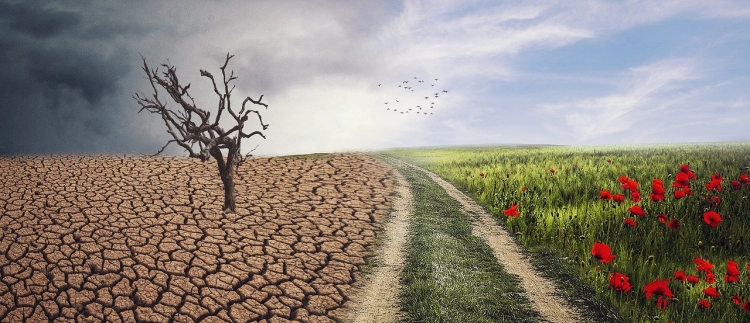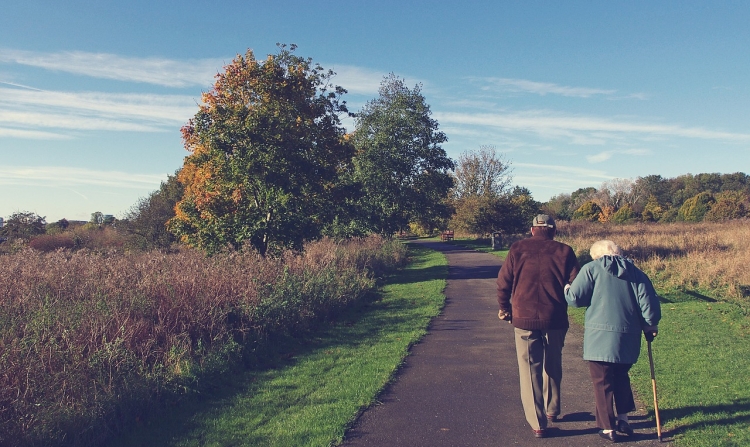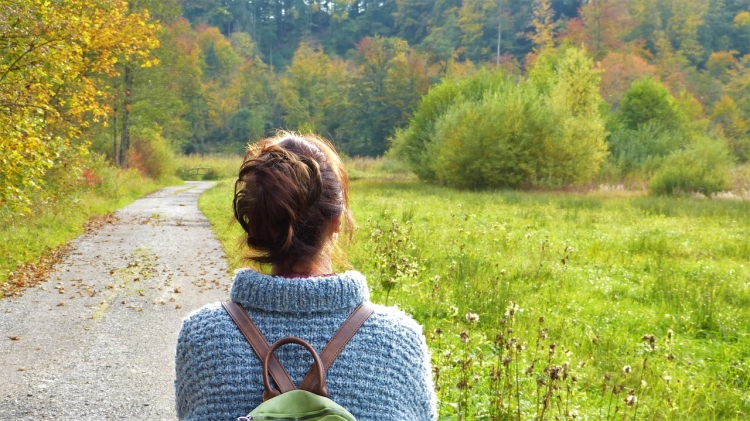I have found the outdoors to be the savior of my sanity, and not solely because I am an “outdoorsy” person. The truth is that science confirms the health and mental benefits of getting outside, yet many people in a modern, technologically advanced world seem to be missing out.

Research shows simply going outside improves focus, mood, brain plasticity, happiness, sleep, and mental health. The outdoors also appears to reduce blood pressure, stress, and anxiety. A wide range of outdoor exposure, anything from opening a window to taking a fully immersive weekend trip, promotes good health. Further, the closer a person gets to nature increases the amount of greenspace and activity; therefore, mindfulness and wellbeing also increases.
These benefits are not new, but their value becomes increasingly precious as humans deprive themselves from the natural world. In such a fast-paced society it is easy to forget our roots. We create an illusion that humans are separate from the natural order of things. However, the truth is that we, too, are part of the ecosystem. All of our resources, such as food, water, and materials, originate from the world around us. On top of the obvious resources, natural processes within ecosystems also support humanity. They maintain the complex systems and relationships between organisms that produce these resources and livable conditions.

As for our part in this ecosystem, we get to decide what kind of impact we have. With everything our planet gives us, our great downfall would be to not restore, or at least protect, what we have. Few people want to maliciously harm or have a negative impact on the planet, so it may seem confusing to observe and promote sustainable living. Sustainable living lessens a person’s harmful impact on the planet. The goal is to make ourselves and the Earth healthier and more “sustainable.”
The best way to start is to take time to research and understand your own impact. The next step is to incorporate a sustainable outlook in your day-to-day life. As a consumer, look into how purchases are produced and find out their resulting impact. When possible, reduce your carbon footprint.1)Merriam-Webster defines carbon footprint as “the amount of greenhouse gases and specifically carbon dioxide emitted by something (such as a person’s activities or a product’s manufacture and transport) during a given period.” No single person has to do it all, but every person can do what they can to ensure our planet is able to support us for generations to come.

Madeline Walker is part of Fit.Green.Happy®️, “the nonprofit arm of Maryville College’s Mountain Challenge, an organization that provides high-quality and safe outdoor experiences designed to change the world for the better, one person at a time.” She enjoys hiking, gardening, and the outdoors in general. She is also a member of Maryville College’s Cross Country Team.
**Featured image by silviarita on Pixabay
References
| ↑1 | Merriam-Webster defines carbon footprint as “the amount of greenhouse gases and specifically carbon dioxide emitted by something (such as a person’s activities or a product’s manufacture and transport) during a given period.” |
|---|
